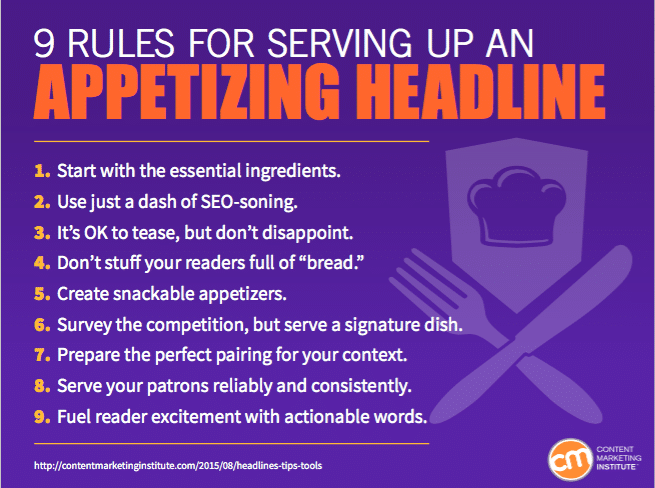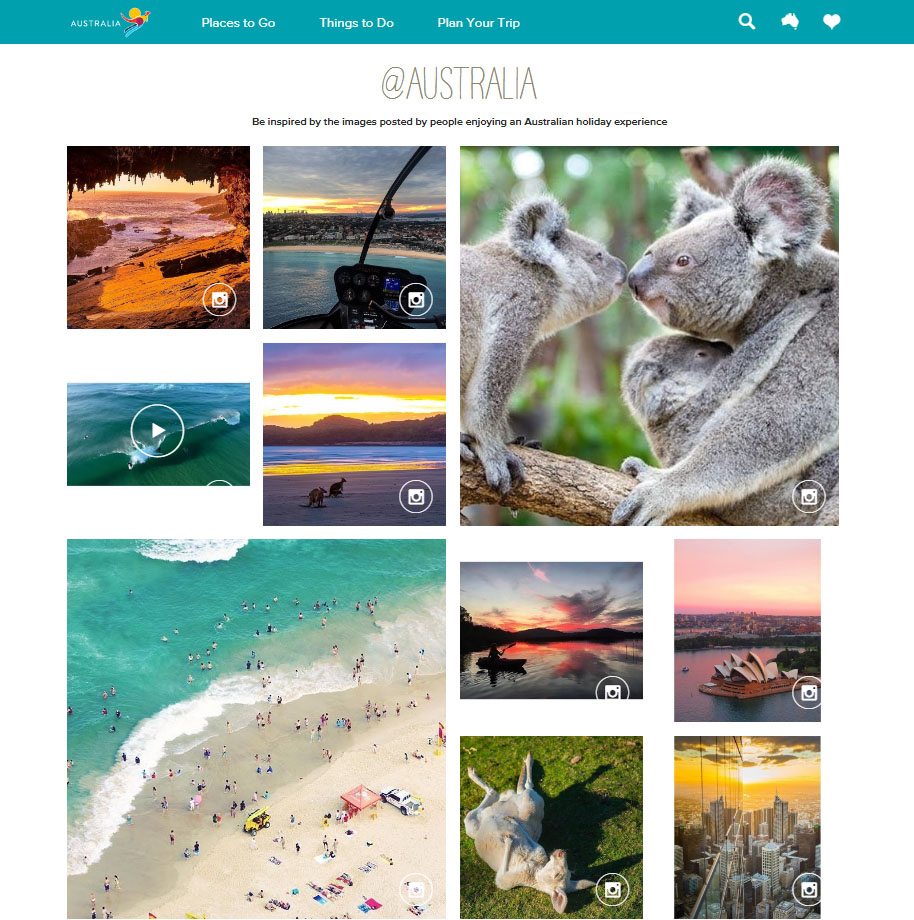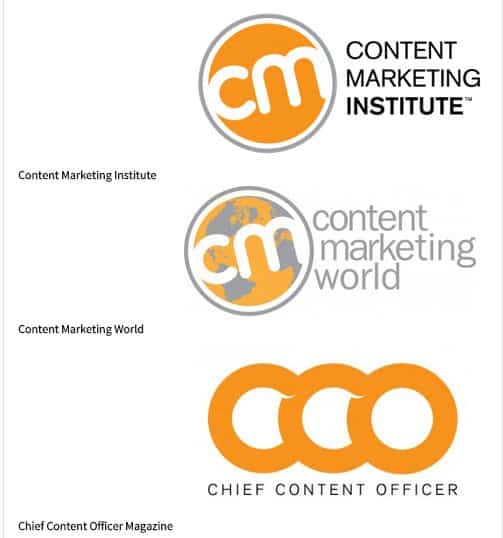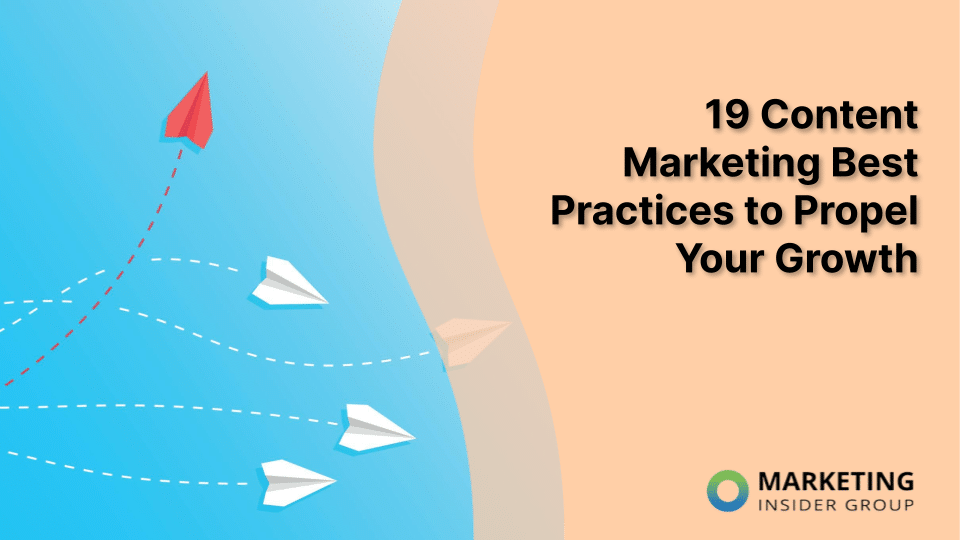
15+ Best Practices And Tools To Create Awesome Visual Marketing
When you hear visual marketing, does it make you want to scream and run away? As marketers, we all know that today’s audience needs more than just valuable content that educates and informs. They also want visual content to entertain and delight them.
But for marketers who are design-phobes with limited resources, what should you do? You’ll be glad to hear that creating outstanding visual content isn’t an impossible task. Even if you are not a professional graphic designer, you can still create the distinct visual brand your company needs to stand out from your competitors.
Here are 8 best practices from Content Marketing Institute to help you produce powerful visual marketing that your audience will love:
- Align Visuals With Your Content Marketing Strategy
With so many other marketers and brands creating new images, videos and stories every day, it is becoming more difficult to capture your target audience’s attention. If you do not have a smart visual content strategy, you can bet that your visuals will not help your brand reach its marketing goals.
Here are some helpful questions to ask when building your visual content strategy:
- What do we hope to accomplish with our visual marketing?
- Who is our audience and what sort of content are they most interested in?
- What challenges does our business help people solve?
- How do we create a consistent look and feel that can best position our brand in our industry?
- What is our vision of who we are and what makes our business unique and different from our competitors? How do we communicate these messages in a visually compelling way?
- For SEO purposes, which terms should your visual content appear in search results?
- What metrics will most effectively and accurately measure success?
- Be Relevant And Authentic
Pop-culture visuals and memes can be a fun way to engage your audience where appropriate, but don’t go overboard with them since they do not truly articulate your brand personality. Consider visuals that are relevant and resonate with your brand, and connect with your audience on an emotional level.
- Avoid Stock Images
Stock images are time savers, but there is a tradeoff – they just aren’t as compelling and effective as original images are in telling your brand stories. Taking photos of your employees (and even your customers) when they are using your products or doing something interesting is a great alternative to stock images.
- Add Value And Be Helpful
Visual tips and how-to images tend to do really well, particularly on social media, because they offer value and help your audience in some way. For those pressed for time, visual tips and how-to images are extremely helpful since readers can quickly scan and get to the key points right away. Here’s a great example from Content Marketing Institute.

- Repurpose Content
Your target audience will likely have different preferences when it comes to the way they consume content. Consider repurposing your evergreen and popular content into visuals, such as infographics, checklists, charts and SlideShare presentations, so you can maximize your reach and social sharings for your content.
- Leverage User-Generated Content
If your fans are already creating great images for your brand, why not use them to help further your brand’s visual marketing goals? It’s also a great way to recognize and thank your fans, which helps boost brand loyalty and engagement.
Tourism Australia, for example, uses the user-generated content curator Livefyre to repurpose images people took on their vacations into visual, compelling stories of the Australian holiday experience.

- Stay On Brand
The best visual content has consistent visual elements that help people remember and recognize a brand right away, including the use of colors and logos. Content Marketing Institute logos, for example, are distinct in their own way but are at the same time brand-consistent and recognizable.

Source: Content Marketing Institute
- Customize For Platforms
The same image doesn’t always work across every platform, as each channel has different image requirements. Each channel also has its unique audience base, and their preferences can be different from the audience of other platforms. To maximize your reach, you’ll want to customize your visual content based on the platforms it will appear on.
Now that you are ready to get started with your visual marketing, where do you start? What tools out there can you use to create images, videos, infographics and everything else?
In addition to these useful graphic creation tools, here are a few more resources you may want to add to your marketer’s toolbox from Content Marketing Institute:
- GIMP is a free Adobe Photoshop-like image editor that allows you to create and edit beautiful images without the price tag that comes with purchasing the Adobe Create Suite software.
- Venngage is a freemium tool you can use to create stunning data visualizations, infographics, charts and more. With a free account, you have access to a select number of themes, templates, charts, icons and image uploads you can use.
- Awesome Screenshot is a web tool that lets you take snapshots of your screen and add designs to them, including text, arrows, boxes and more.
- Piktochart is a free, easy-to-use tool to make infographics, posters, reports and presentations without hiring a graphic design professional.
- Camtasia is a video editor and screen recorder that lets you make quick videos and product demos, and you can even add voice-over to your PowerPoint presentations to make them more dynamic and interesting for your audience.
- PowToon is a freemium tool for creating animated videos and presentations. There are ready-made templates, objects and music that you can simply drag and drop onto the PowerPoint-like platform to create your videos or presentations.
- VideoScribe is a powerful whiteboard drawing tool that makes stunning, hand-drawn animation videos. You can even upload your own images and have the tool draw it for you.
- Interact and Qzzr are freemium tools that let you design and share your own interactive quizzes and assessments for your social channels or websites.
- Woobox is another fermium tool that lets you create everything from contests to coupons, sweepstakes, polls, deals, rewards and social media tabs to grow your audience and amplify your marketing messages.
Do you have any other tips or tools for creating powerful visual content? Please share them in the comments section below!
Are you interested in engaging and converting new customers for your business? Contact me here and let’s talk about how we can help. Or follow me on LinkedIn, Twitter, Facebook







To point 3: I would like to say, that you add a personal touch to your campaign, when you generate your own pics material – this has (at least to my experience) almost always had a positive response, as compaired to seing a picture of the same guy in broshures and web sites of competing companies (yes, I’ve seen it with my own eyes, but I think I’m not the only one 😀 )
Thanks for the great article!